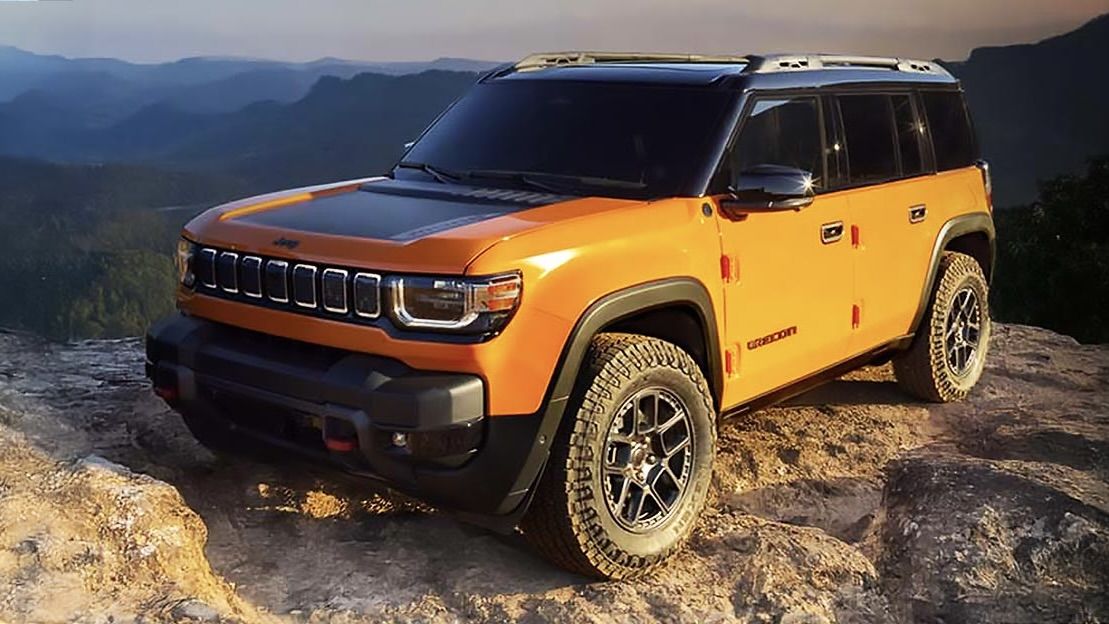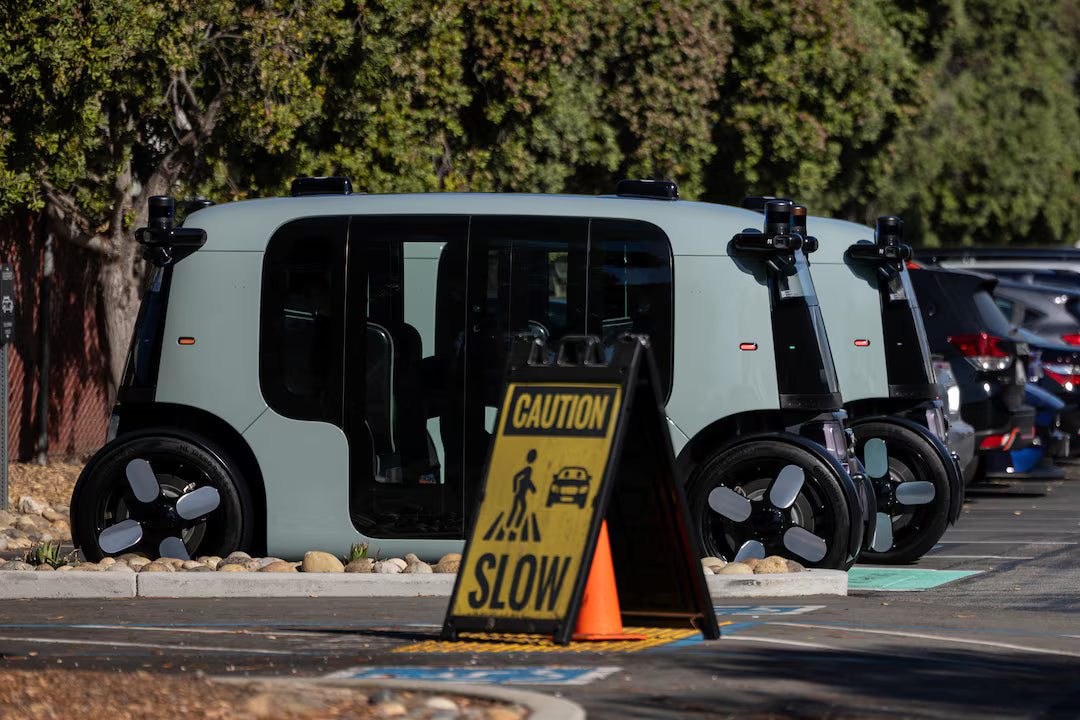Introduction
Electric off-road vehicles have largely been limited to expensive, niche models like the Rivian R1S, Mercedes-Benz G-Class with EQ Technology, and the GMC Hummer EV. For many buyers, these options remain out of reach. The upcoming 2026 Jeep Recon, priced at around $65,000 before destination, aims to change that by delivering serious trail capability in a more attainable package. As Jeep’s most ambitious electric product to date, it promises to merge off-road heritage with zero-emissions performance.

A Purpose-Built Electric Off-Roader
The Recon rides on the STLA Large BEV platform, the same foundation used by the Wagoneer S and Dodge Charger Daytona EV. While the Wagoneer S is tuned for road comfort, the Recon fills the role of an electric counterpart to the Wrangler, emphasizing durability and trail readiness.
The SUV carries a 100-kWh battery expected to deliver up to 250 miles of Jeep-estimated range in its most efficient form. Standard dual-motor all-wheel drive produces 650 horsepower and 620 lb-ft of torque, enabling a 0–60 mph time of 3.6 seconds. Still, straight-line speed is not its primary mission.
Off-Road Hardware That Stands Out
A key feature separating the Recon from other EVs is its electronic locking rear differential, allowing full torque to reach any rear wheel with traction. Unlike rivals that rely solely on software-based brake vectoring, this hardware-based solution provides more consistent performance in extreme terrain.
The available Moab trim pushes capability further with:
-
33-inch off-road tires
-
9.1 inches of ground clearance
-
A 15:1 rear final drive ratio, functioning like a low-range gearbox
-
Selec-Speed Control, an off-road cruise-control-like system that maintains speed on steep climbs or descents using regenerative braking
These features are designed for technical challenges such as rock crawling and navigating loose surfaces. However, Jeep acknowledges that aggressive gearing and large tires will significantly reduce efficiency. Expect real-world highway range—especially on Moab models—to fall well below 200 miles.
Design With Classic Jeep Personality
Visually, the Recon adopts a retro-modern aesthetic highlighted by U-shaped LED running lights and an illuminated, Wagoneer-inspired seven-slot grille. Jeep says the Recon will be the only EV on the market with fully removable doors, rear-quarter glass, and swing-gate glass, recreating the open-air experience iconic to the Wrangler. Few vehicles—gasoline or electric—offer anything similar.
Inside, the cabin features a 12.3-inch digital gauge cluster and a 14.5-inch infotainment display running Stellantis’ latest software suite. The interior layout emphasizes visibility, durability, and a minimalist approach suited for rugged use.
Software Remains Stellantis’ Biggest Hurdle
Despite promising hardware, the biggest question mark surrounding the Recon is software reliability. Previous STLA-based models, including the Wagoneer S and Charger Daytona EV, have faced widespread complaints about laggy, buggy, or unfinished vehicle-control systems.
This matters even more in remote, off-road environments where software governs everything from traction management to low-speed torque modulation. For Jeep—a brand whose identity is built on dependability in harsh conditions—delivering stable, polished software will be essential.

Looking Ahead
The 2026 Recon represents a pivotal moment for Jeep and Stellantis. With legitimate trail hardware, competitive pricing, and classic Jeep design cues, it could introduce a new generation of drivers to electric off-roading. But its success will hinge on whether Jeep can pair its strong mechanical foundation with equally strong software execution.
If it succeeds, the Recon may become the first widely accessible electric adventure SUV. If not, it risks becoming another early EV effort that failed to meet expectations.
Recommend Reading: Mercedes Slashes $50,000 Off the Maybach EQS SUV to Boost Sales







Share:
Zoox Launches Wheel-Free Robotaxi Service in San Francisco
Why Modern EV Batteries Last Longer Than Most Drivers Expect